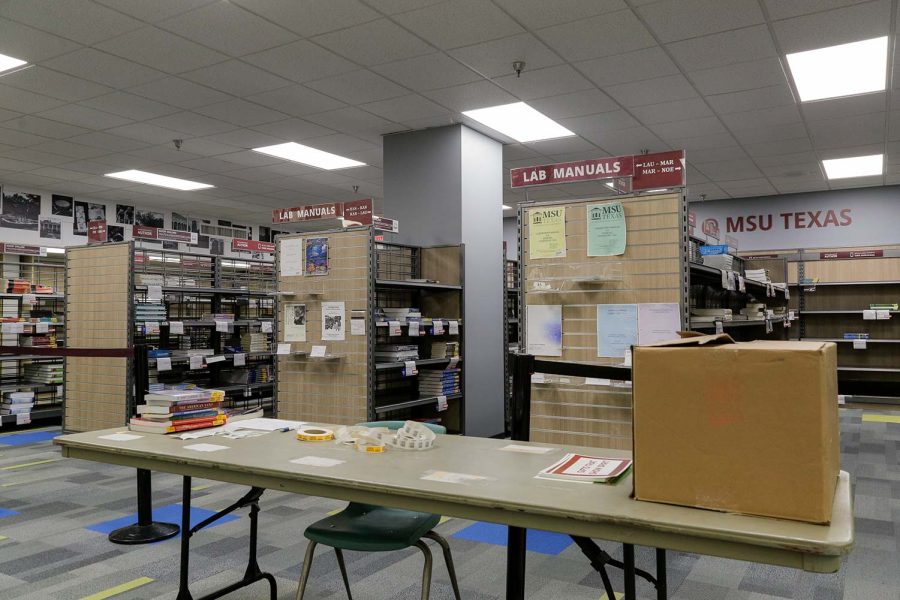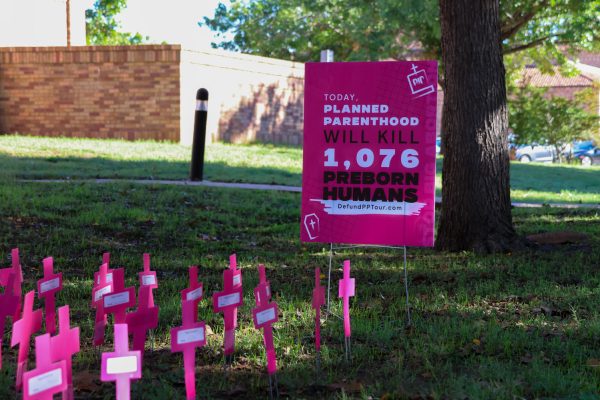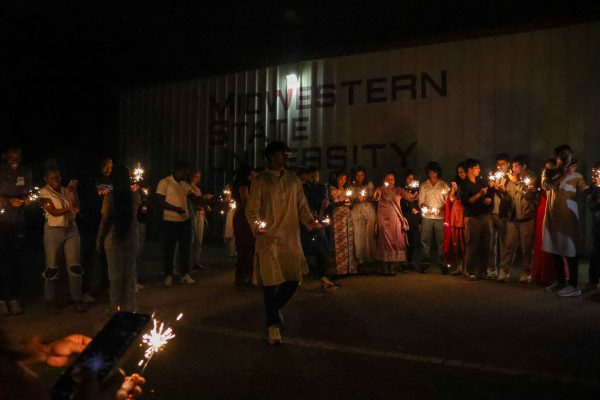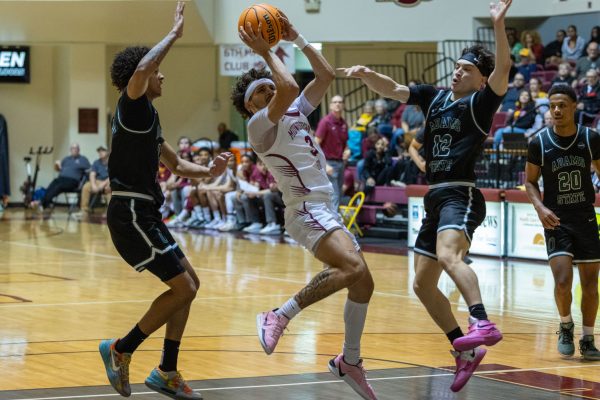The Power and Price of Textbooks
Professors such as Sarah Butler consider pricing and online resources when choosing textbooks for their classes, Nov. 15.
If knowledge is power, then $780.50 buys a lot of power. Business advice books on Amazon.com can be had as inexpensively as $8, with dozens of options below $20. Books on survival check in from $12 on up. The first page of automobile repair books starts at $13 and climbs from there. $780.50 buys dozens of books, dozens of learnable skills and vast amounts of knowledge.
Or, at the bookstore in Clark Student Center, it buys the radiology bundle.
The books of the radiology bundle are far from the only expensive course requirements present in the bookstore. Clarkson’s Business Law is $418. Intermediate Financial Management runs $313.50. The Jensen Assessment 3E Coursepoint comes in at $297.25. The Aventuras loose-leaf for elementary Spanish is $251.
While the price tags may fluctuate, the requirement of these books and resources is far from arbitrary. Professors select these textbooks or packages based on several criteria, including accessibility, resources available, ease of use, understandability and yes, price.
The professors of some of the classes with the highest course requirement costs say they are aware of the prices that textbooks can reach and have worked to ensure that their classes produce the most value for the money being spent on them. They balance the financial strain it places on students with the value that it provides them both in the class and in life.
The Problem
Linda Treitler, assistant professor of nursing, said textbook prices are a problem. She also added that she is most concerned for international students.
“They don’t even have the authority to work outside of campus, so they’re always kind of restricted on their finances. I’ve had students who would register for classes and not be able to get their books and have to eventually drop out because they couldn’t keep up,” Treitler said.

Treitler taught the Family Health Assessment course, which requires the $297 Jensen Assessment 3E Coursepoint, and now teaches pathophysiology. The Nursing Pharmacology textbook has an equal price tag of $297, and other books routinely run upwards of $100.
The Process
Across campus in Prothro-Yeager Hall, Sarah Butler, instructor of Spanish, teaches elementary Spanish using a $251 Aventuras loose-leaf and said textbook prices are an issue. She said that the Spanish department takes that into consideration when they adopt new textbooks.
“Every professor has their own way of evaluating what type of book that they use,” Rodney Fisher, assistant professor of radiologic sciences, said. “There’s several different types of books out there that you can use for a given subject.”
Fisher uses the $780 radiology bundle in his classes and explained that the bundle is composed of individual books selected by different professors. The process for choosing those books varies by department and even by professor. For Treitler, who has taught multiple nursing courses, she said it sometimes has come down to experimenting with what is the easiest for her students to use.
“There have been times that I chose a textbook because I wanted to check out the resources that they had, how the electronic resources worked and if they were really helpful for the students or not. But this semester, I chose a book that was readable,” Treitler said.
The availability and usefulness of online resources for students have played a part in textbook selection for Treitler. Another factor that Treitler mentioned in choosing coursework with online components was how good the tech support is. She pointed to tech support as a reason she no longer uses Lippincott, an online nursing tool.
“A lot of times students would have a problem with a module that they were doing late in the evening or on a weekend, and the tech desk was closed. There was nothing anyone could do for them. And I just hated that, so I don’t use Lippincott right now,” Treitler said.

Readability and tech support are not the only factors that Treitler considers when choosing her course requirements. Treitler said the price has also been a factor in choosing a book before.
“[Price] played a part in my medical terminology text that I used. I didn’t buy any extra resources or ask them to buy any extra resources for that, for the medical terminology book, and that allows them to share their resources. More than one student can use the same book.” Treitler said.
Both pricing and online resources have come into play for Butler and the Spanish department in choosing their textbooks. Butler said the Spanish department has been conscious of cost when considering course requirements, including whether or not the value the book provides matches the cost.
“We truly do want to try to save them money and get them, I guess I should say, the best value for their money,” Butler said. “About every two to three years, we sit down and we review all of the different options that are available, and we try to choose something where they’re getting the best value for their money.”
Butler also went a little deeper into the process of selection. Specifically what is taken into consideration.
“The process is we try to avoid a high-priced textbook or textbook package,” Butler said. “We require the Vistas Aventuras 5th edition loose-leaf, but it’s also a package of online materials, so they’re getting more than just a textbook.”
Like Butler, Fisher said getting the best value for a textbook is important, even superseding cost as a factor. He then went in-depth on some of the things he looks for in a textbook.
“So, what you’re looking for is not necessarily the best price, but the best value,” Fisher said. “You’re wanting a book that covers what it needs to cover, that has a good record of being accurate, that is as easy to understand as possible, especially for entry-level students, and that can give them as much utility as possible, as far as being able to be used for multiple classes.”
In Conclusion
Fisher knows what $780 can mean, especially to a college student. In his constant evaluations, he is very conscious of the books he chooses, a common theme across all three professors. They make no random selections and weigh the student’s needs carefully, albeit sometimes on different scales.
“It’s not arbitrary, and we do really care. This is a big outlay of money, college period. And then on top of that if you have an expensive textbook,” Butler said.

Hello, and thanks for stopping by! My name is Cecil Witherspoon, and I'm the new editor-in-chief of the Wichitan. I'm a mass communication senior with...

Howdy hey! I'm back for my final year here at MSU, and I intend to leave the Wichitan better than I found it.
Going into my fourth year, I will be working...











